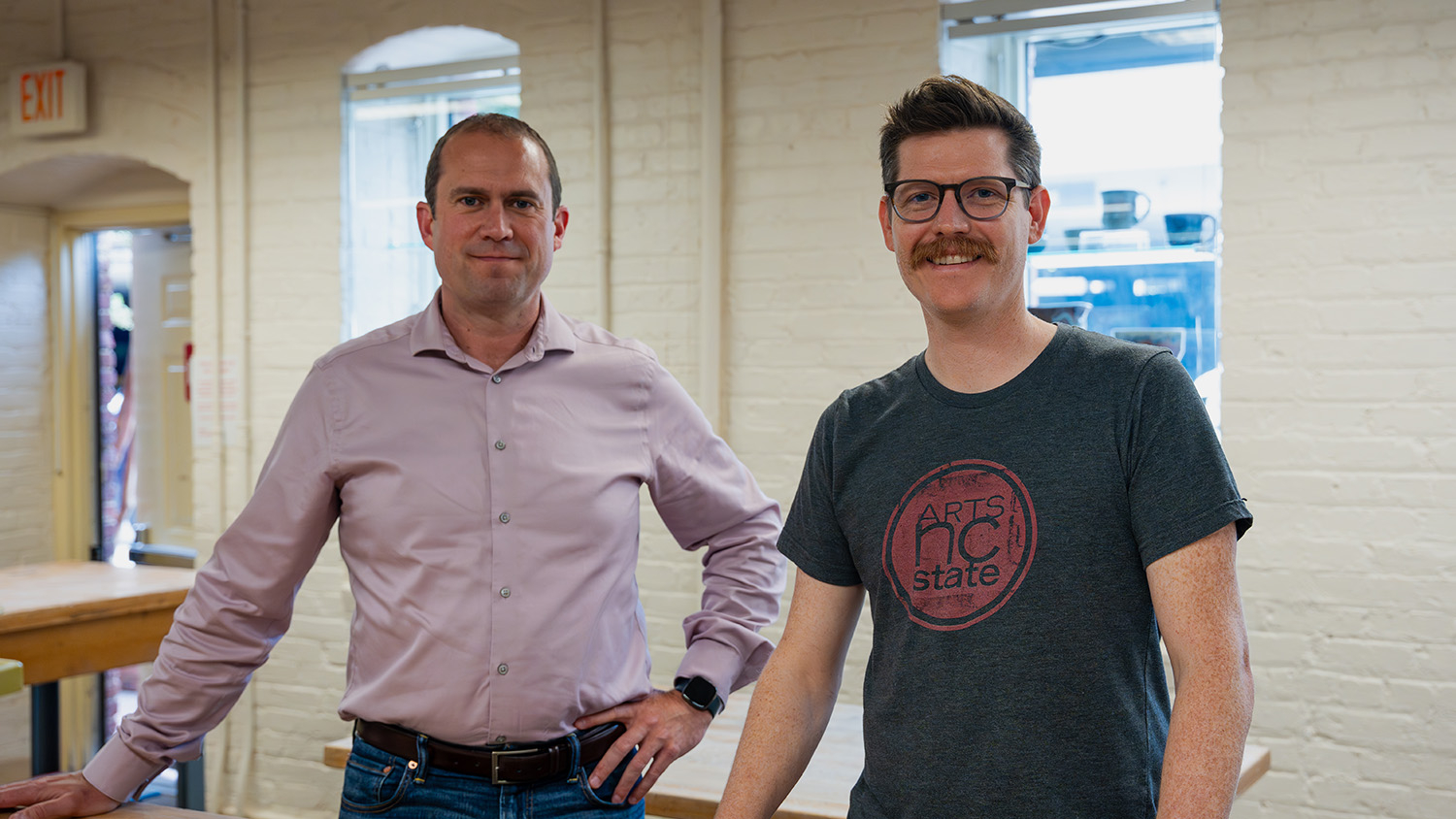Department of Energy renews CASL project
The U.S. Department of Energy will renew funding of the Consortium for the Advanced Simulation of Light Water Reactors (CASL), an Energy Innovation Hub that includes work by NC State’s College of Engineering and College of Science.
CASL was established in 2010 to develop advanced modeling and simulation capabilities that serve as a virtual version of operational and future light water nuclear reactors in order to predict their performance and address operational and safety performance-defining phenomena.
NC State is a founding partner of CASL, which is headquartered at Oak Ridge National Laboratory. Other founding partners include Westinghouse, the Electric Power Research Institute, Tennessee Valley Authority, the Massachusetts Institute of Technology, the University of Michigan and the Idaho, Los Alamos and Sandia National Laboratories.
CASL engages researchers with various technical backgrounds, including 13 members of the NC State faculty from five academic departments. Dr. Paul Turinsky, professor in NC State’s Department of Nuclear Engineering, is CASL’s chief scientist, and Dean of Engineering Dr. Louis Martin-Vega serves on the CASL Board of Directors. NC State also plays the leadership role in CASL’s educational activities, led by Dr. J. Michael Doster, professor of nuclear engineering.
CASL has seen significant progress within its first five years by using previous taxpayer investments for its modeling and simulation tools and applying them to the current generation of nuclear reactors. This research progress has led to the creation of innovative software, embodied in the Virtual Environment for Reactor Applications (VERA), a virtual reactor that simulates the physical phenomena found in operational reactors.
With its funding renewed, CASL will receive up to an additional $121.5 million over the next five years, with its researchers focusing on extending the modeling and simulation tools built during its first phase to include a broader class of light water reactor designs. The overall goal will be to show how nuclear energy can be a dependable and affordable energy source in the United States and for the advancement of President Barack Obama’s stated goal of reaching a low-carbon energy future.
- Categories:


